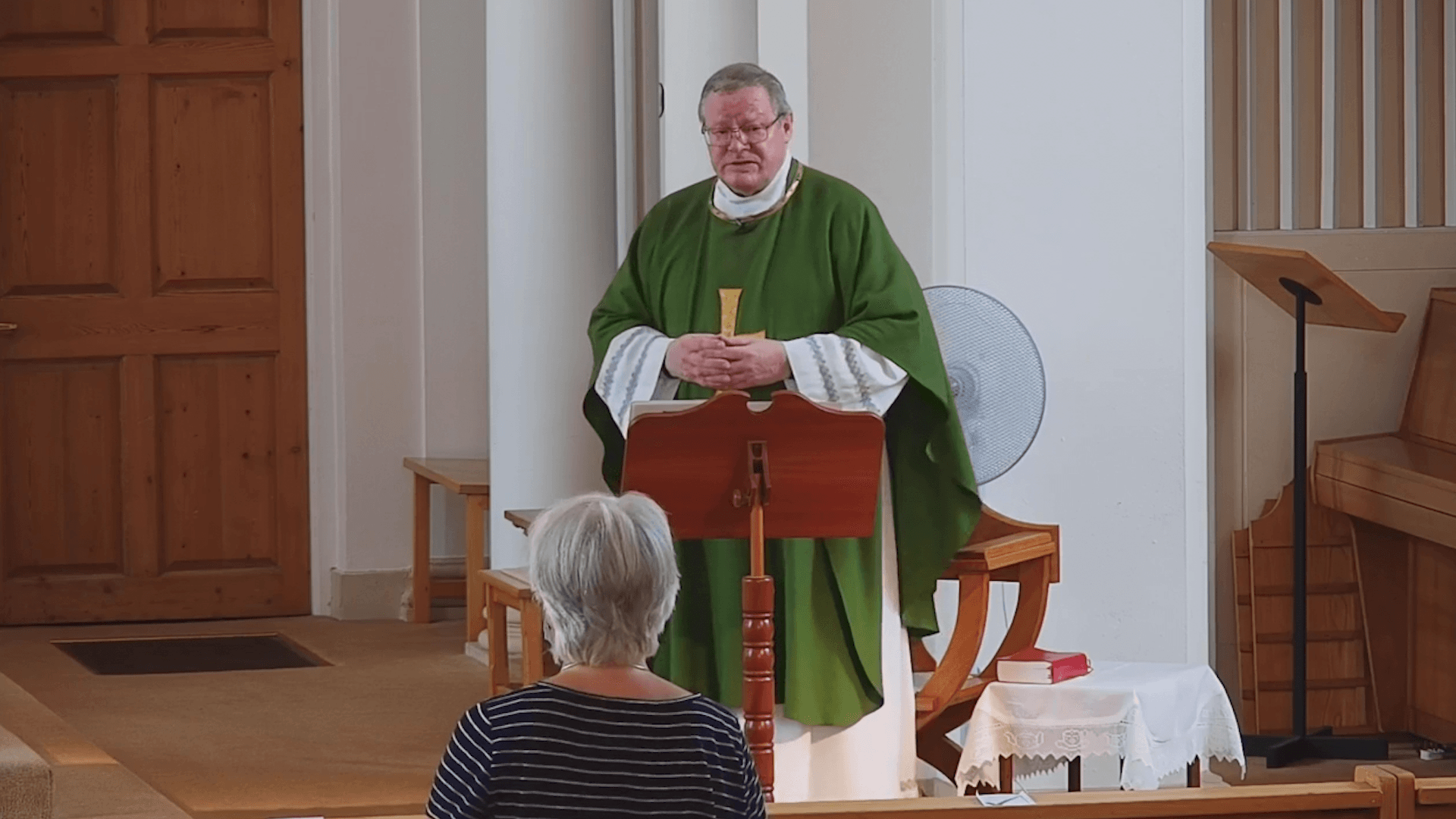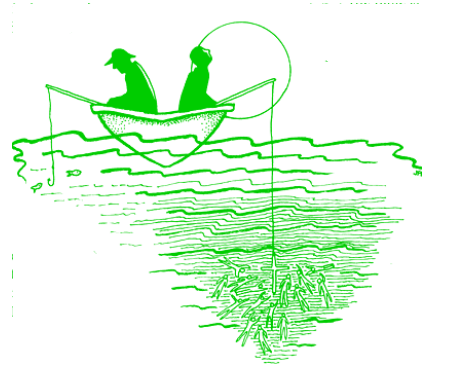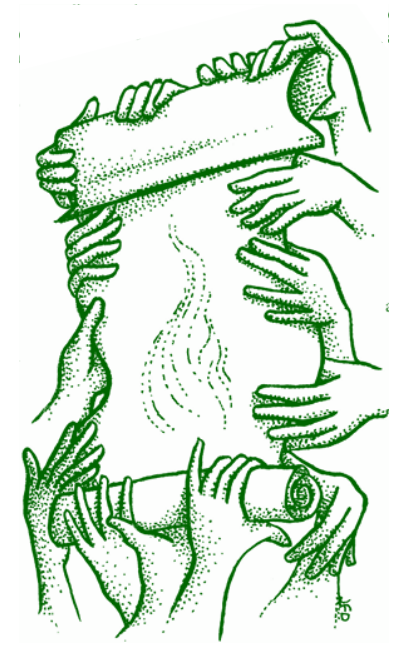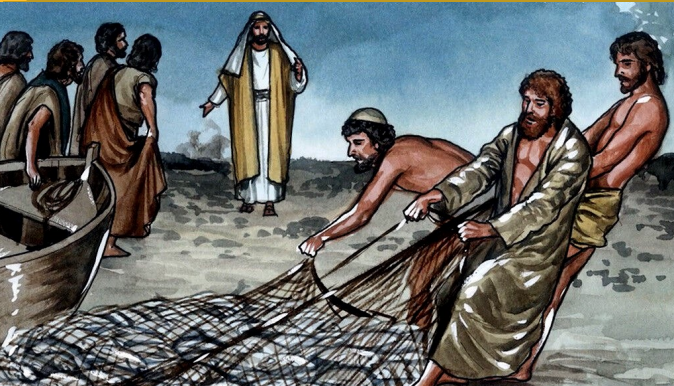










Most commentators consider Jn.20:31 to be the end of the gospel as that evangelist wrote it; the Good News we hear this weekend is a part of the epilogue to John’s gospel, certainly inspired as all Scripture is, but probably a “mosaic” created from various pieces of ecclesiastical tradition by a close disciple of John. It gives the early Christian communities a picture of some important aspects of life for all disciples after the “hour” of Jesus’ death and resurrection: the primacy and mission of Peter, the place of the Beloved Disciple, the responsibility of all believers to be fishers of people.
Peter, the leader, has gone back to the everyday, the familiar way of being a fisherman, taking with him six other disciples. There is Thomas, who hovered between disbelief and belief until his experience with his wounded and risen Lord; Nathanael, the true Israelite without guile who had to decide whether anything good had really come out of Nazareth; James and John, who had their own problems with status seeking; and two unnamed disciples, one of whom is later revealed as the Beloved Disciple. Into the shoes of the seventh unnamed disciple we may step, while still at times recognising that we also walk in the footsteps of the others. These seven, the number of fullness, symbolise more than just a part of the apostolic group; they represent the whole community of believers down through the centuries who will encounter the risen Lord, be called by him to let down their nets into the sea of humanity, eat with him, profess their love for him, and follow him in many different ways. The gospel begins as a night scene of failure, with no fish caught. Then the sun rises, and the disciples are hailed from the shore by someone who calls them “children.” They are the “children” of John 13:33 who are loved but still have much to learn. The stranger tells them to let down their nets, and emptiness is filled with a great catch. Then with the sun rising and the dawn of faith breaking, the disciple whom Jesus loves, who rested his head on the heart of Jesus, who stood his ground at the cross and holds the preeminent place of intimate contemplation giving him the keen eyes of faith, sees and proclaims with deference to Peter: “It is the Lord.” It is Peter, the model for pastoral leadership, but leadership that is also dependent on contemplative insight, who plunges into the water. Always eager and impetuous, he makes his way to Jesus. Again we are reminded that the way to the risen Lord is through the waters, through the baptism into which we are plunged.









